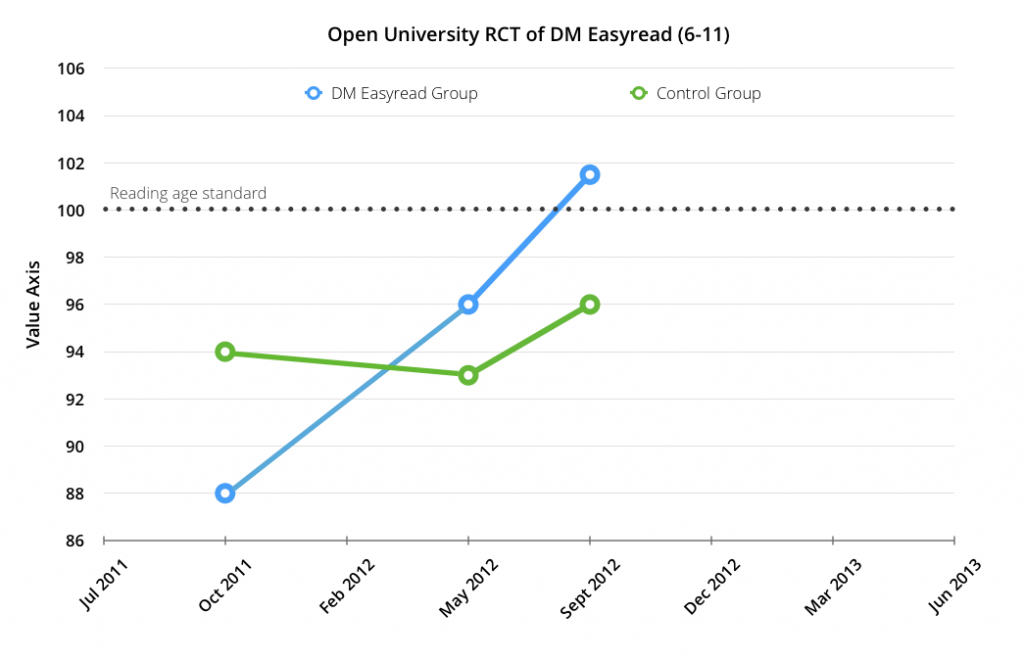Article Library
Will reading more make your child a better reader?
by Sarah Forrest | 3 April 2019
OK, so maybe that’s not as newsworthy as you were hoping. But here’s something that might pique your interest. A recent study found that it is generally a child’s level of reading ability that determines how MUCH they read, and not vice versa.
Why does this matter? Because there’s is a popular notion that just “reading more” or getting more practice will actually help to elevate a child’s reading level. And it turns out that, actually, that does not tend to be the direction of the correlation. Improving a child’s reading ability is key to them wanting to read more.

Knowing this drives us to the next obvious question: how do we HELP struggling readers improve so that they can pick up any book that they want to read?
Helping struggling readers reach for the books of their dreams
1. Try targeted practice, instead of simply “more reading”
When a child is struggling to read, more reading time isn’t going to magically help. Encouraging a child, especially one who is overtly finding reading challenging, to spend more time independently reading is more likely to be an exercise in frustration than a help.
Of course, once a child’s reading level is strong, then independent reading is totally helpful in things like building vocabulary and enjoyment!
Instead, you need to try some targeted reading practice that gets to the root of why that child is struggling. You can visit our page on the 9 main causes of reading difficulty, or check out the book on Amazon if you’d like to geek out about it a bit. Is your learner guessing words endlessly? Are they skipping words or lines of text? Are they struggling to blend? You can find out what each of those symptoms means on the 9 causes page, and how to apply a targeted solution.
Exposing children to more text is not in itself an effective strategy for improving their reading. Of course, having access to a variety of books has fantastic benefits, but it will not teach children to read.
2. Address gaps in decoding ability or phonics
If a child isn’t reading very much, this is probably because they lack a strong phonetic foundation to allow them to flourish.
Consider this: humans don’t acquire the written language through exposure to text as we do the spoken language through exposure to speech. Children don’t just start reading when they’re ready in the way that they do when they start to talk! We have a phonetic alphabet which is built to be decoded, or sounded out. It is not like the Chinese pictogram approach, in which symbols represent whole words or concepts or objects. Each letter has a phonemic sound attached to it.
The problem is that phonics can be deathly boring. I mean, really REALLY boring! You don’t have to spend long chanting “a is for apple” to understand why some kids just tune it all out!
That’s why we use trainertext visual phonics (TVP), which is rooted in our “learning should be fun” philosophy. Not only is it much more entertaining that traditional phonics, but it is specifically designed for highly visual struggling learners, whose brains need a different approach. You can read more about TVP here, or go straight to our resources page for free TVP printables and to get started!
Fun and efficacy are not mutually exclusive in a phonics intervention for children reading below grade level. Research by the Open University found the lessons to dramatically improve the reading level of children who were below grade level beforehand in around 6 months of daily lessons.
This shows that very short reading sessions, done regularly, can be really effective.

You can actually get a free trial of the first 10 lessons of Easyread, if you have an older child who needs help (and is tired of traditional phonics methods!).
 Sarah Forrest is an Advisor for David Morgan Education, and contributor at Helping Children to Read. After studying Spanish literature at Yale University, she worked at Easyread HQ in Oxford, England for 4 years. She now lives in the sunny south of the United States with her two children, where she loves coaching parent and children through pictophonics.
Sarah Forrest is an Advisor for David Morgan Education, and contributor at Helping Children to Read. After studying Spanish literature at Yale University, she worked at Easyread HQ in Oxford, England for 4 years. She now lives in the sunny south of the United States with her two children, where she loves coaching parent and children through pictophonics.
